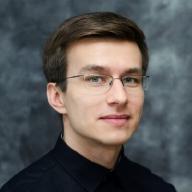Clear illustrations are essential for effective science communication. Here, we’ll mention a few resources that might be of interest for researchers, educators, or anyone interested in making figures and presentations about biomedical science.
Scientific illustration #
NIH BioArt #
NIH BIOART Source was created to address the abundance of inaccurate medical and scientific graphics available online. We recognized the need for a reliable source where content could be trusted. By curating illustrations made by professional medical illustrators in collaboration with subject matter experts, NIH BIOART Source ensures the highest standards of accuracy and quality. Our goal is to provide a dependable resource for researchers, educators, and healthcare professionals who require precise and trustworthy visual representations.
Access the artwork:
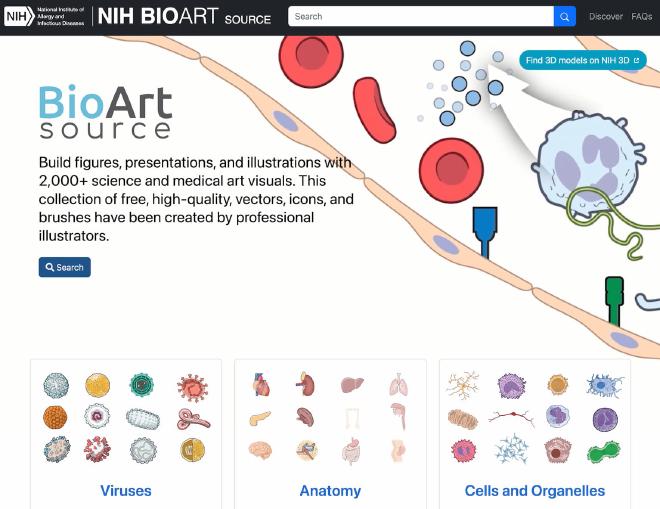
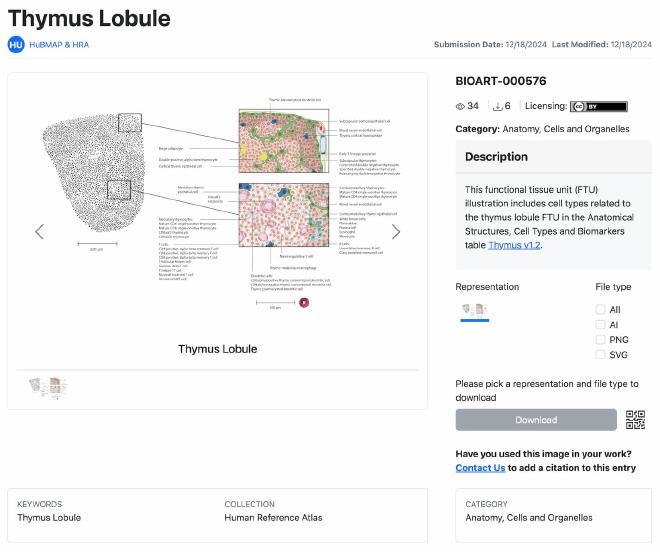
BioRender #
BioRender is a company that provides software and artwork to help scientists create scientific figures. They offer an online editor with an extensive library of vector art for illustrating biomedical science.
Our mission: To empower the world to learn and communicate science faster through visuals.
Try the app for free:
The free version might help to decide whether you’d like to purchase full access.
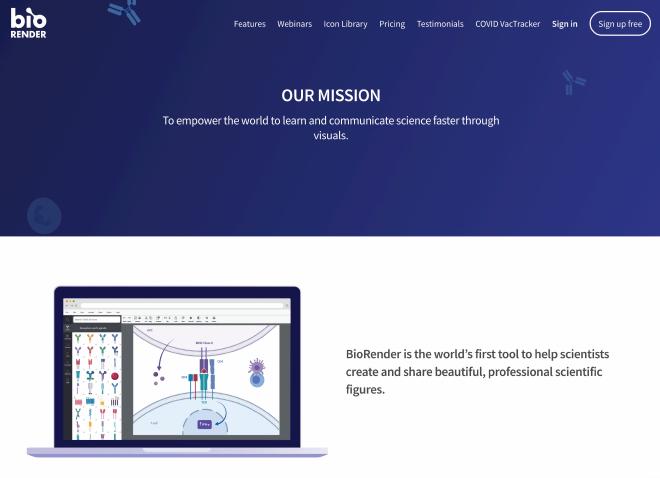
BioRender Templates has a great collection of illustrated concepts that are ready to include in presentation slides. They might also serve as a great starting point for new illustrations.
View and download the templates:
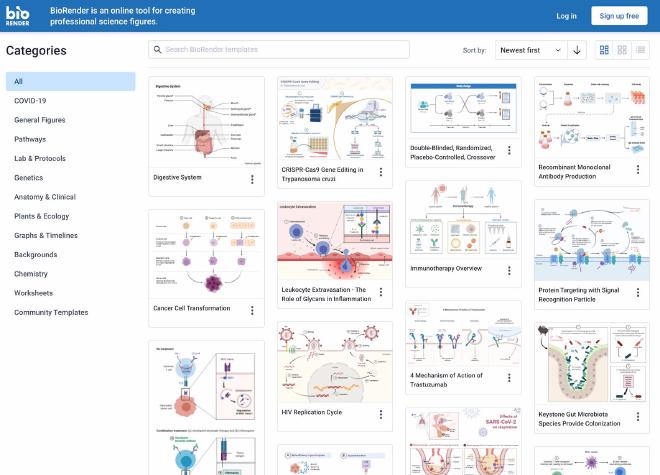
SMART Servier Medical Art #
Servier is a pharmaceutical company, and they offer free high quality vector art for a wide range of biomedical concepts. We can use the artwork with attribution in our own presentations because Servier Medical Art by Servier is licensed under a Creative Commons Attribution 3.0 Unported License.
View the art, download individual slides, or download the full collection of slides:
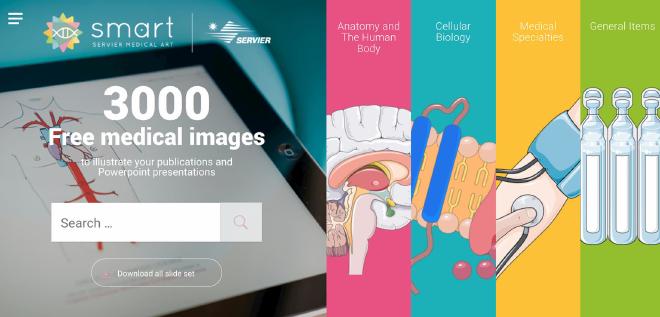
Also consider browsing bioicons, an alternative interface for the artwork by Servier and others:
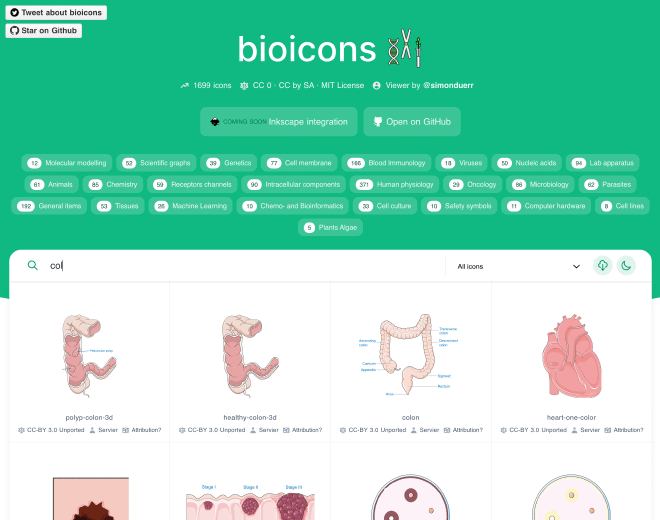
Health Icons #
630 free, open source health icons. Free for use in your next commercial or personal project. Editing is ok. Republishing is ok. No need to give credit.
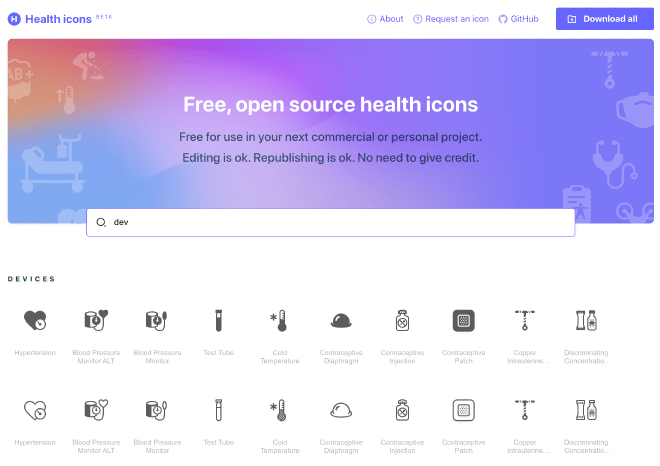
New England Journal of Medicine Illustrated Glossary #
The New England Journal of Medicine is a weekly medical journal published by the Massachusetts Medical Society.
View over 100 illustrated biomedical terms in the glossary:
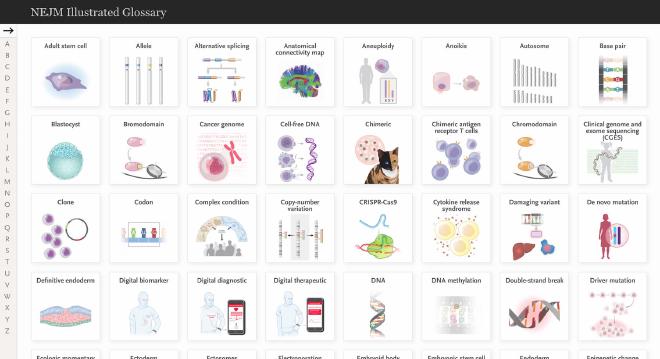
EMBL-EBI Style Lab #
EMBL-EBI has produced a robust set of icon fonts that represent actions and things common in our field, like databases; actions, like uploading; concepts, like gene expression; or platforms, like e-mail or Twitter.

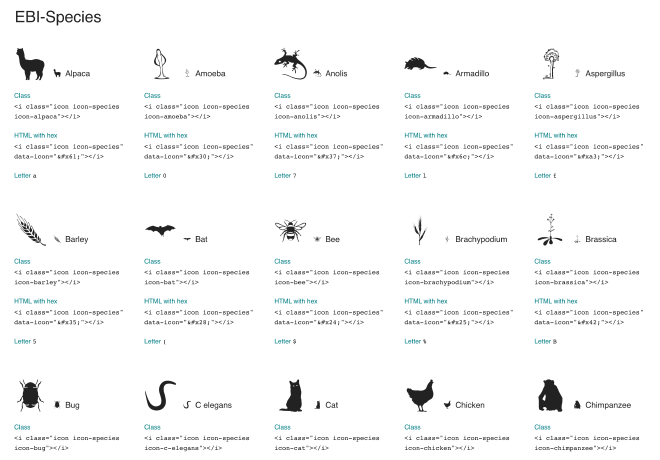
PhyloPic #
Free silhouette images of animals, plants, and other life forms, available for reuse under Creative Commons licenses.
Anyone may upload silhouettes to PhyloPic.
Software engineers may access the data in PhyloPic using the API. They may also add features to the PhyloPic website.
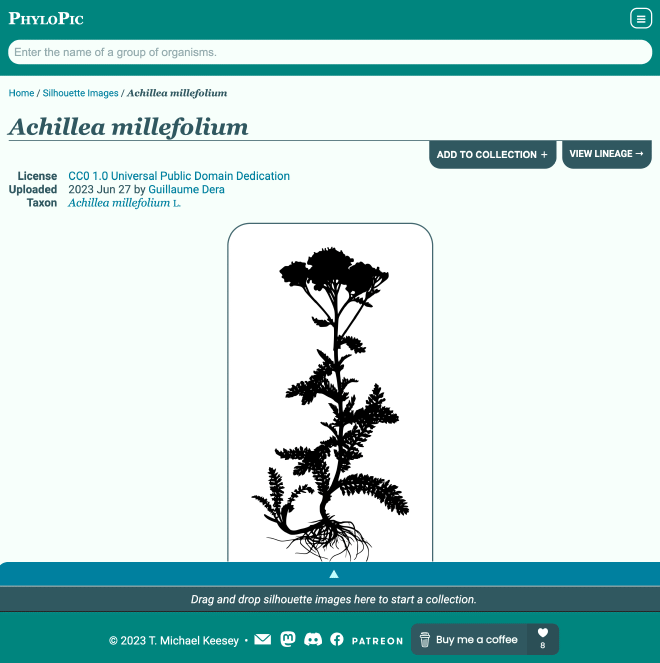
Reactome #
Library of icons for Enhanced High Level Diagrams (EHLD)

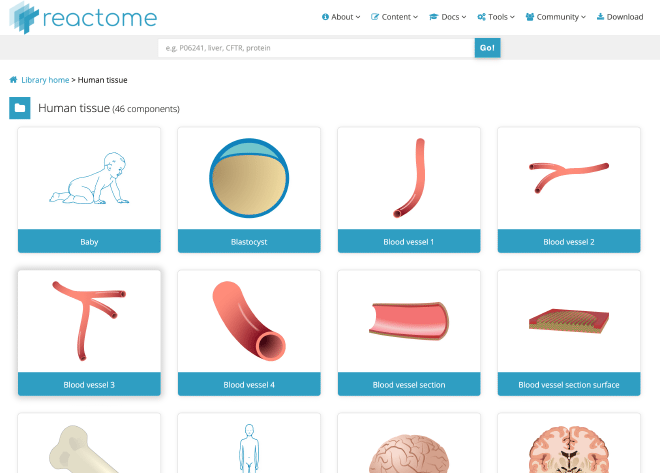
CellPAINT #
CellPAINT is an interactive tool developed with the goal of creating illustrations of the molecular structure of whole living cells.
Try CellPAINT in your web browser:
Download the desktop app:
And read the paper to learn more:
- Gardner, A., Autin, L., Barbaro, B., Olson, A. J. & Goodsell, D. S. CellPAINT: Interactive Illustration of Dynamic Mesoscale Cellular Environments. IEEE Comput. Graph. Appl. 38, 51–66 (2018)
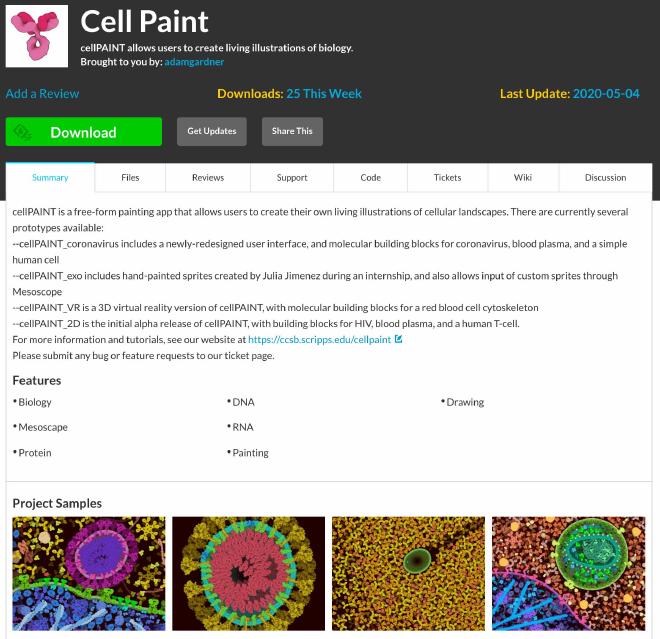
University of Maryland Center for Environmental Sciences #
The Symbol and Image Libraries provide free vector and raster images for any use with attribution, except redistribution or sales.
Register to browse here:
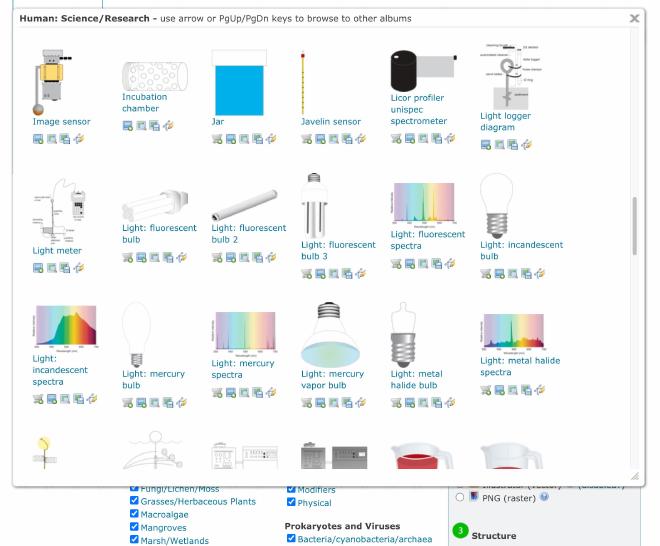
Vector art #
The Noun Project #
The Noun Project is a collection of more than 2 million curated icons created by artists all over the world.
We can find some The collection of biomedical nouns is growing slowly.
Browse the collection (e.g., try searching for “liver” or “kidney”):
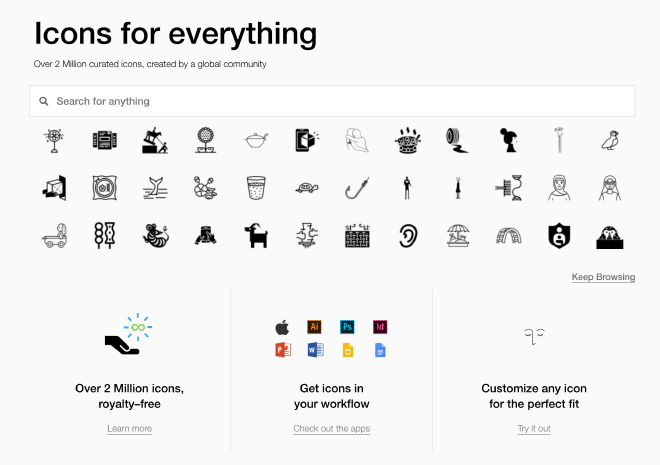
SVGrepo #

Undraw #
A constantly updated design project by Katerina Limpitsouni with open-source illustrations that we can use freely without attribution.
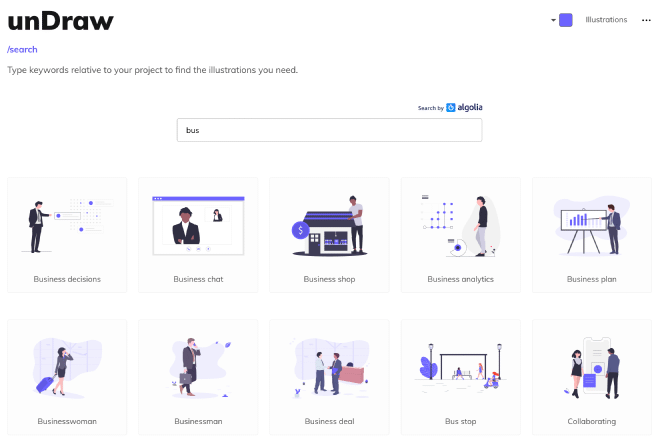
Photography #
Unsplash #
A collection of freely-usable images contributed by photographers all over the world.
Browse the collection:
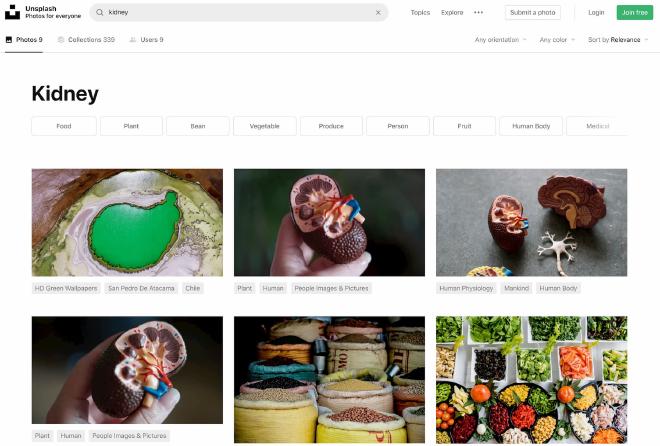
Nikon Small World #
Nikon runs an annual Photomicrography competition with absolutely stunning images of biological structures.
Be amazed:
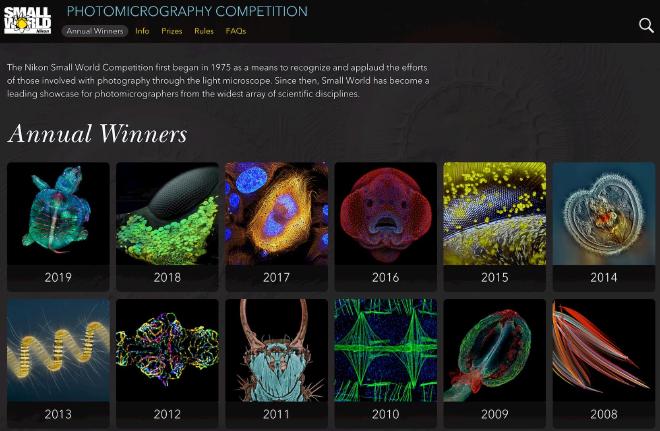
NIH Flickr Gallery #
The National Institutes of Health maintains a gallery on Flickr.com with a few interesting images:
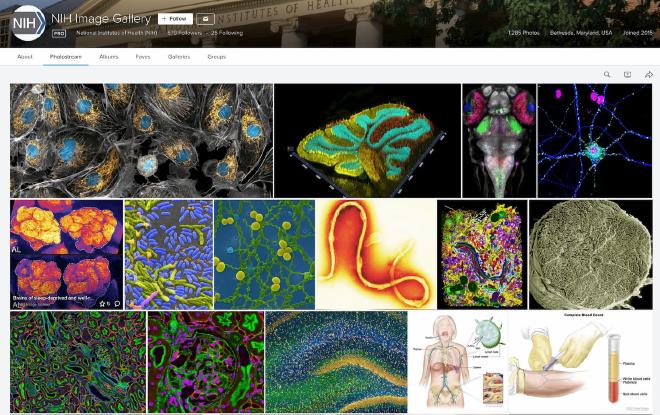
3D Models #
NIH 3D #
NIH 3D is an open, community-driven portal to download, share, and create bioscientific and medical 3D models for 3D printing and interactive 3D visualization, including virtual and augmented reality.
Check them out:
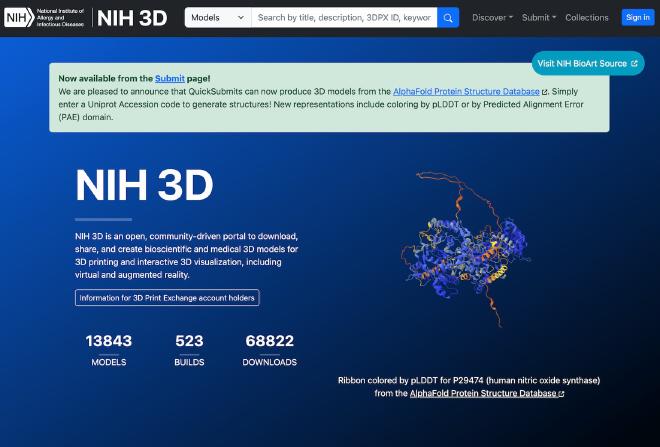
3D Molecular Designs #
3D Molecular Designs offers 3D printed models of proteins and other molecular structures. Educators might be interested to illustrate biomedical concepts with physical objects that students can manipulate with their hands.
Check them out:
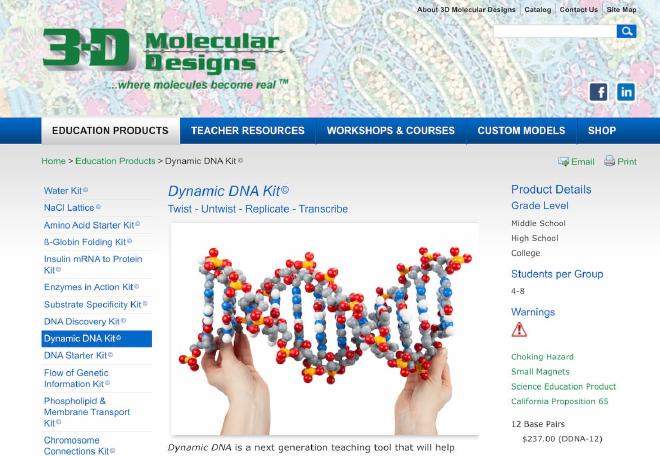
Other resources #
Browse other general resources here:
Would you like to share another resource I missed? Let me know, and I might consider adding to this list.
Reply by Email